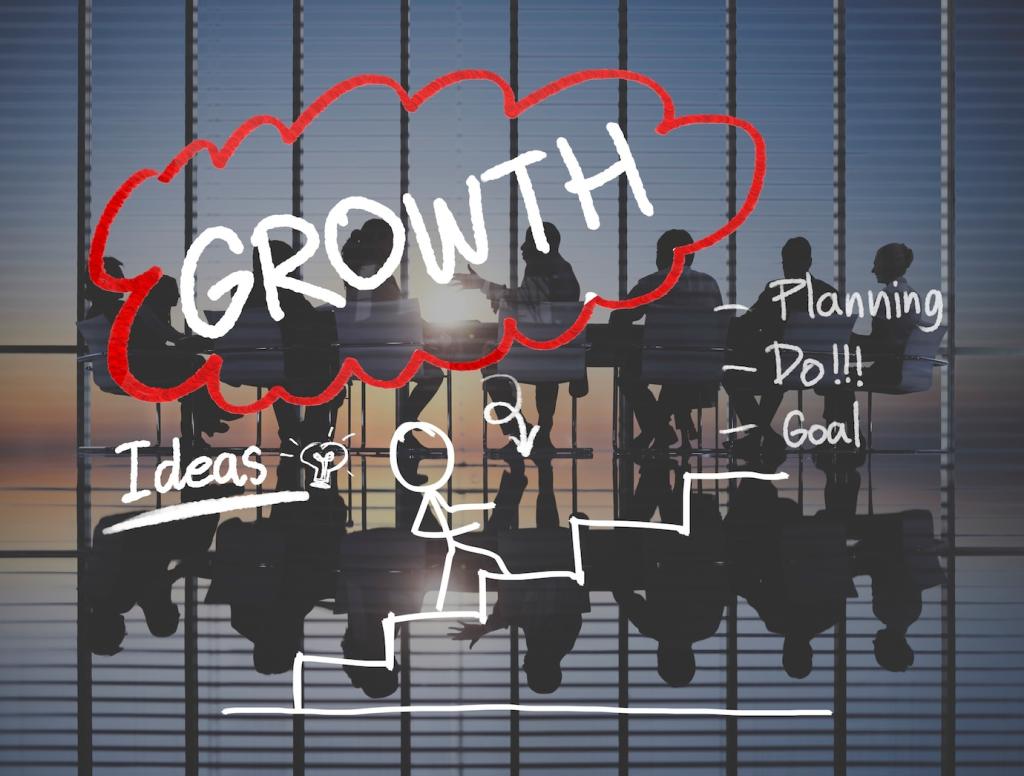Why Growth Doesn’t Always Mean Jobs
GDP measures value produced, not people employed. When firms extract more value per worker through technology, process redesign, or scale efficiencies, output climbs faster than payrolls. That gap, called weak labor absorption, explains why headline growth sometimes feels strangely jobless.
Why Growth Doesn’t Always Mean Jobs
After recessions, companies often invest in software, robotics, and data tools that raise output without proportional hiring. Think warehouses bristling with scanners and conveyors: impressive throughput, modest headcount. Growth looks strong on paper, while local job boards update far more slowly.






